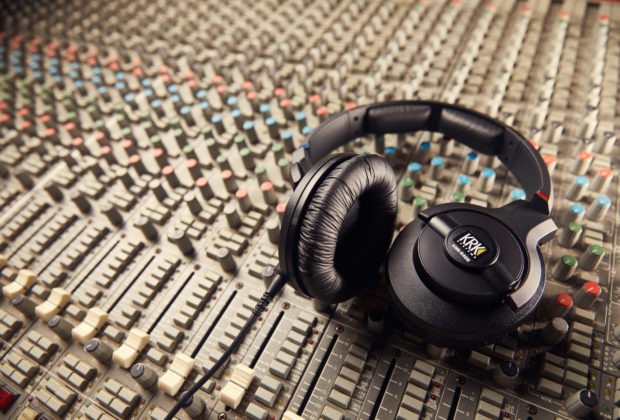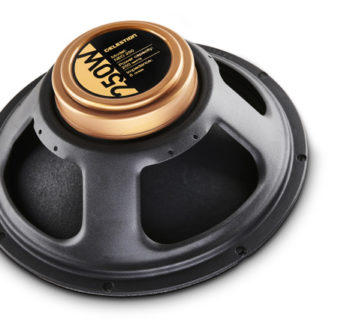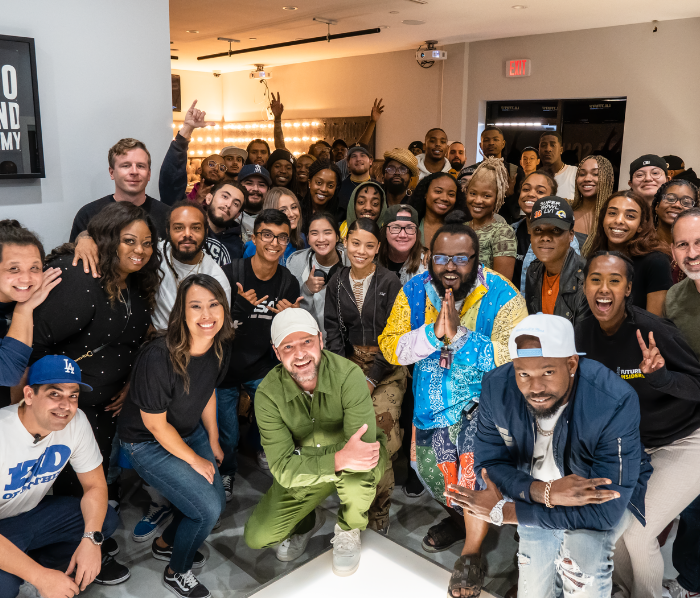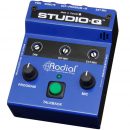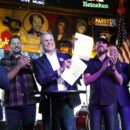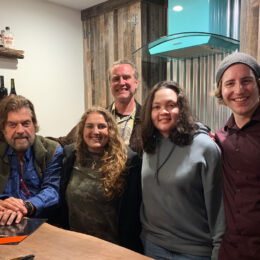I am fortunate to have held a place in the Top 10 on the World Indie Charts with my single “Hug A Million Times” this past summer. As a full-time professional singer, besides taking good care of my vocal health, I attribute a lot of my success to being able to speak the same language as my band. Here are some tips to understanding music as a language that have helped me over the years:
- Learn to play piano or guitar. Both of these instruments are polyphonic, meaning they can play more than one note at a time, which makes them “chordal instruments.”
You cannot play chords on a saxophone or flute, for example.
- Learn music theory on a chordal instrument. As a singer, you can go a long way by just knowing your major scales. A “major” scale is your basic Do Re Me Fa Sol La Ti Do scale. For every note in the scale, there is a “key” that goes with it. A song might be in the key of G which means it uses all the notes in the G major scale. Every song “key” has its own “key signature” which tells you which notes of that scale are sharps or flats. There are lots of other scales, like Ionian, Dorian and Phrygian, etc. that you don’t need to know right away. And the best scales for improvising and creating solos are the blues scale and the pentatonic scale.
- Another essential thing to learn is chords, and you can do a lot with even just major and minor chords. The terms “major” and “minor” in this case do NOT mean important and less important like they do if you have a major problem or a minor problem. The term “major” is a pattern of musical intervals that make a chord sound bright and happy. The term “minor” is a different pattern, which makes the chords sounds dark or sad. There are lots of other chords too that add even more layers, colors and depth to a song.
- After learning how to form major and minor chords, the next thing to learn is “chord progressions.” This simply means a group of chords that go together. One of the most popular is created with three major chords and is called a “one - four - five chord progression.” It is usually notated using Roman numerals I IV V. Once you learn these three chords, you can literally play thousands of songs, and can learn to write your own melodies over these chords. Dolly Parton once confessed to only knowing that chord progression and one other chord, and she has written many hit songs with just that knowledge!
- Understanding “song structure” is also part of music theory. Most pop songs have a structure, like the intro, the verse, the chorus and sometimes a bridge. These are all separate sections of the song and it is important to recognize them when you are singing or playing a song, and if you decide to write your own songs. Listen to your favorite songs and try to figure out each section of the song. Sometimes the end of a song will “tag,” which simply means you are repeating the last line.
- Once you understand the sections of each song, now figure out how many measures (also called “bars”) are in each section. Most songs follow an even amount of measures like 4, 8, or 16 in each section. Once you see the measures all laid out evenly on a piece of manuscript paper or in a musical notation computer program, like Sibelius or Notion for example, it’s much easier to understand the structure.
- A “lead sheet” or a “fake book” is when you see the melody of a song with the chords written above it. Learn to read a lead sheet and to write out a lead sheet. A “chord chart” is the same thing without the melody. It just shows how many bars of each chord to play in each section. When I joined a prestigious Boston based band years ago, as the lead singer, one of my jobs was to supply my band with notebooks of chord charts in my vocal key for every single song. Over 300 songs at the time. It took me the whole summer to write them out and it was extremely helpful to see them all laid out. I suggest putting 4 bars per line of music. That way you can see the repetitive pattern and really begin to understand how a simple chord progression creates most hit songs.
- Song “dynamics” are also really important. This is when a song gets louder or softer, or some of the musical instruments cut out completely to emphasize part of the song. This also takes place in the song’s arrangement when certain instruments play in each part of the song. You might start off the song with just piano and vocal, then the bass comes in on the 2nd verse, then the drums and guitar kick in on the chorus. This builds excitement in a song and will often lead to a musical climax. The song might ultimately end on a climax, or might completely back way down to a soft and spacious ending leaving the listener feeling emotional and vulnerable. You can decide all of this with song dynamics.
- Find a good piano or guitar teacher that can show you these things. Sometimes a musician is a great player themselves but is not good at explaining things, so make sure you find a teacher that breaks things down and really explains it so that you get it. Music is work but it is also fun and if you are not having fun, something is wrong. Make sure you leave your lessons feeling excited about music.
- Once you understand basic music theory and song structure, you can be the lead singer of a band with confidence. You now speak the same language as your band members. Even if you are the lead singer and not playing an instrument in the band, you still want to be on “the same page” as the people on stage making music with you. If you are rehearsing and someone says “let’s go to the Coda” or “tag the ending with a two five one,” you’ll know exactly what they’re talking about. My band used to make musical suggestions to each other without involving me so I made sure to learn their language so I could have as much input. I now write out all of their chord charts and tell them exactly what I want them to play. One of the best compliments I get is when audience members compliment the musicians in my band and they point to me and say “she’s our leader.”
Learn more about Krisanthi Pappas at krisanthi.com

